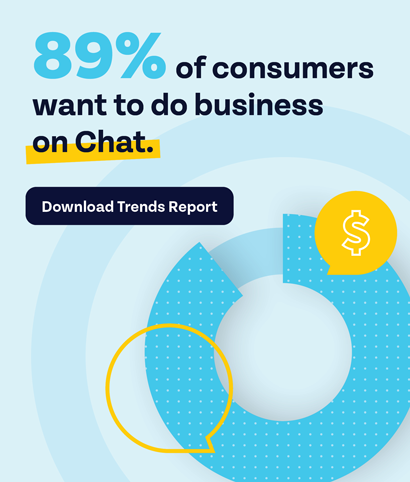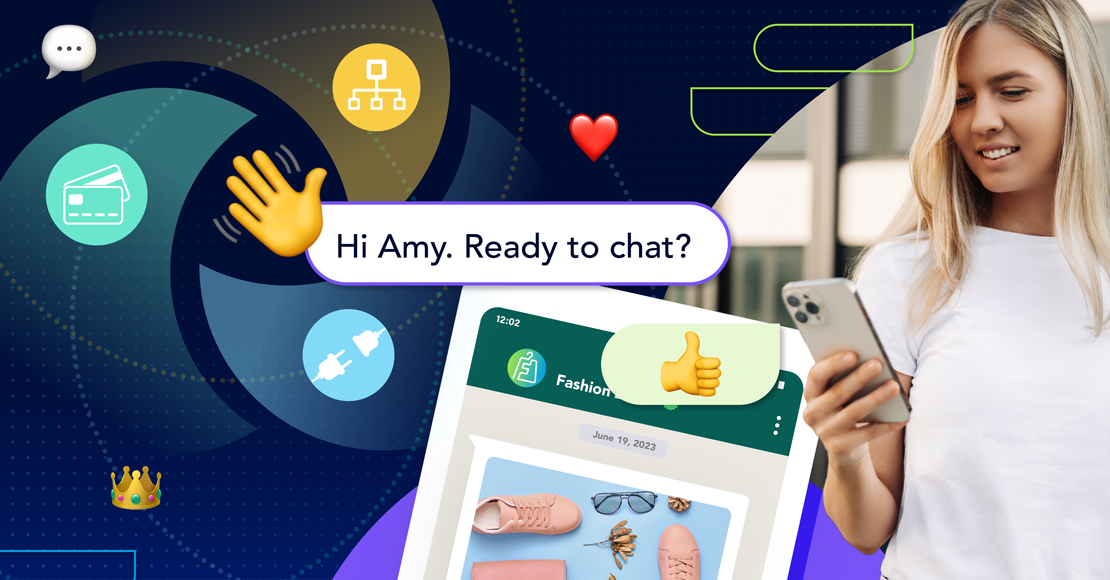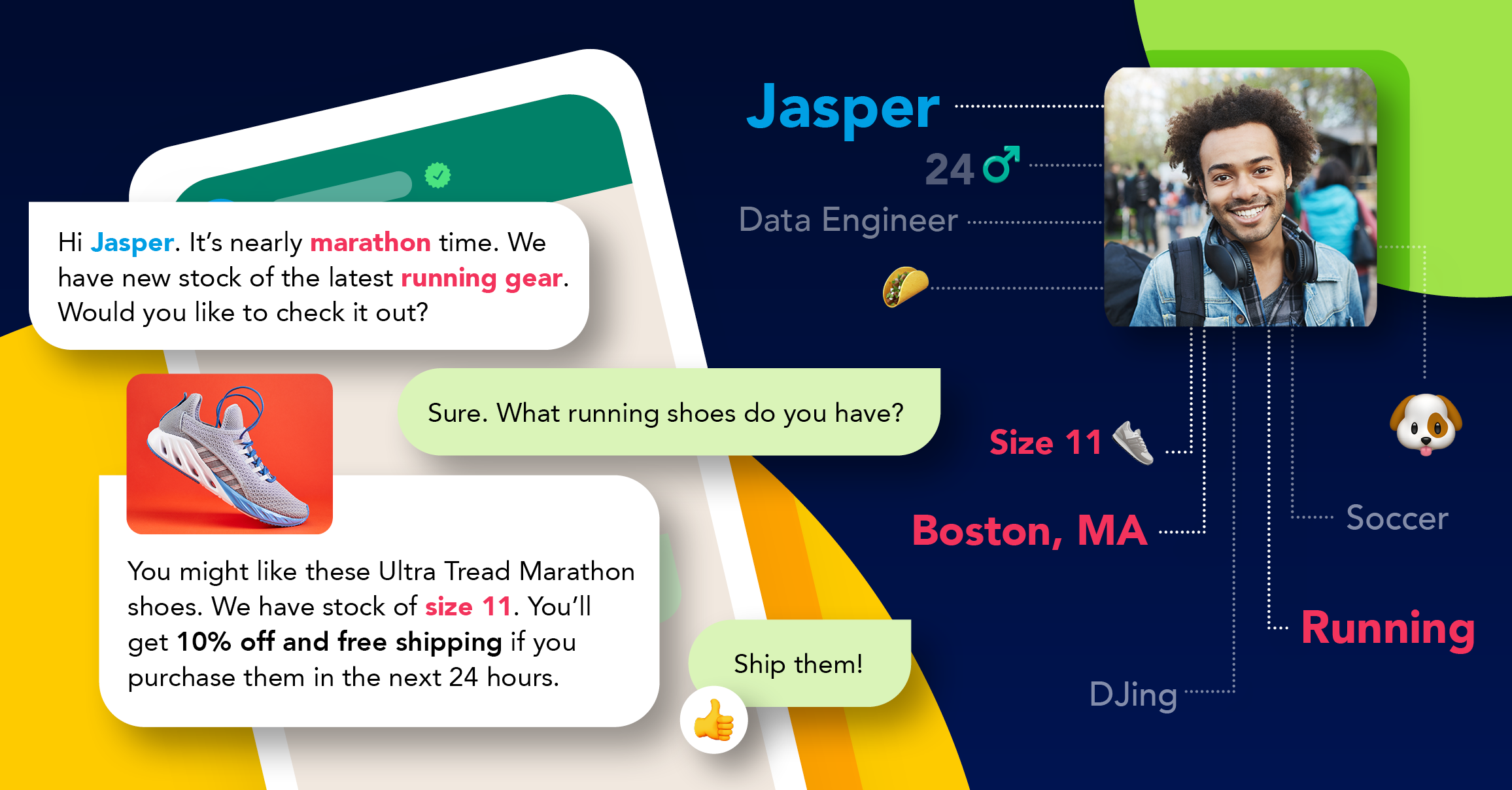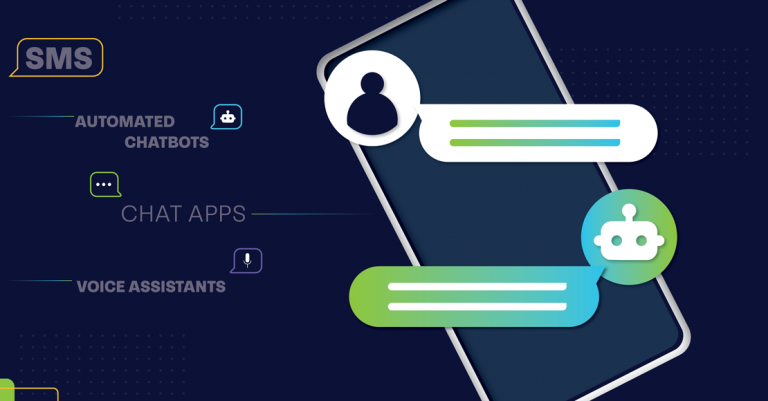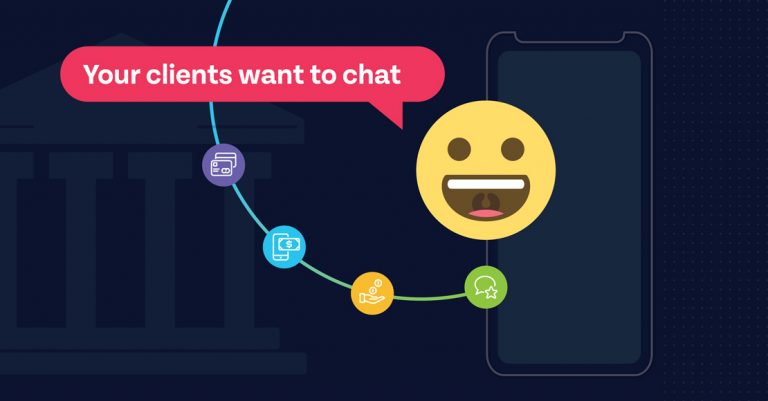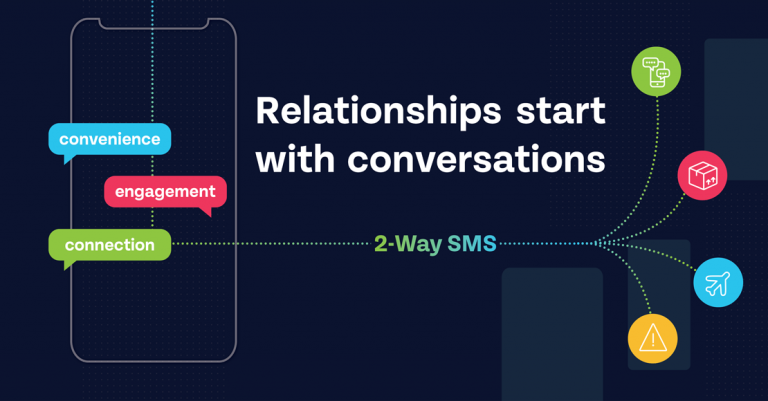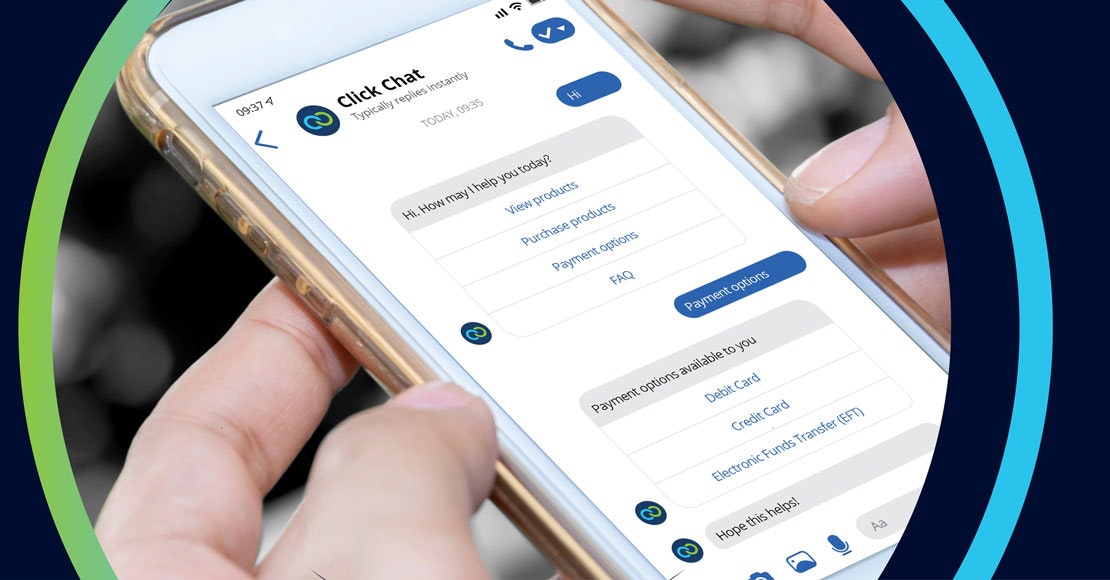
We’re often asked about the difference between chat commerce and conversational commerce. While there are similarities between the two, explaining the key differences will allow you to understand the best way to enable chat capabilities for your business.
When you chat with friends and family, you share quick, casual info within your favorite messaging apps, like bits of personal news, memes, and images. It can be a short back-and-forth, like a brief chat with a neighbor at the mailbox. Or it can be an asynchronous exchange where you swap responses with long breaks between messages.
Bring commerce into that communication style, and you enable things like streaming sports events, upgrading airline seats, ordering the “usual” pizza for delivery, or finalizing purchases that require questions to be asked and answered over time.
There are clear similarities between chat commerce and conversational commerce. Both afford the ability to connect and communicate with customers, answer questions, have asynchronous dialogues, and offer and process commercial transactions. The differences, however, are starker.
What is Conversational Commerce?
Most conversational commerce definitions revolve around an AI-informed voice or free-form text message interaction. When Chris Messina (formerly Uber’s developer experience lead) coined the term "conversational commerce," he referred to automated assistants and chatbots that would interact with consumers through various channels.
Conversational commerce promises interactions similar to a shopping experience with a knowledgeable salesperson. But too often, the promise falls short. Why?
AI-informed voice communications are fraught with misunderstandings. The platforms that power conversational commerce aren’t ready for genuine conversation in how humans speak and typically engage via chat. Think about your interactions with chatbots like Alexa and Siri – they’re likely to be just as frustrating as helpful!
Exchanges with chatbots frequently feel like they’re trying to save the provider the expense of an assisted interaction—not enhance the customer’s experience.
What is Chat Commerce?
Chat commerce focuses solely on conducting transactions within the world’s largest messaging and chat apps, which are now used worldwide and presently account for billions in annual commercial revenue.
With chat commerce, you do business with your customers through their favorite messaging apps, like Facebook Messenger, WhatsApp, iMessage and WeChat. Customers don’t need to download an app, visit a website, or walk into a physical location. Instead, you engage your customers where they already are: in chat.
Transactions are made directly through the chat app. For example, a customer sends a message requesting to buy a product or service, and the transaction is made solely within the chat interaction. The process is convenient, and payment is secure, easy and private.
Chat interactions and transactions delight customers with their simplicity, a fundamental aspect that distinguishes chat commerce from conversational commerce. Chat commerce is as frictionless as “Hi. Buy. Bye.”
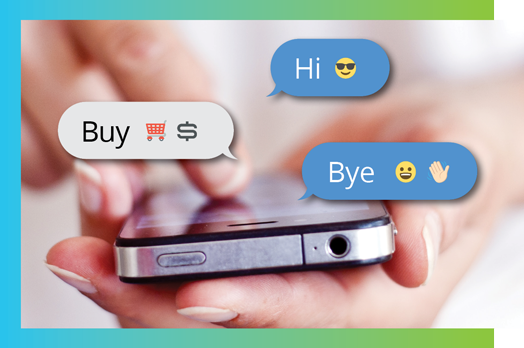
People want to use chat to get things done. Chat commerce allows people to get answers, purchase goods and services, and take action quickly and conveniently directly from their favorite messaging app.
Chat Commerce vs. Conversational Commerce
Chat Commerce
Simplifies purchasing through popular chat apps.
Streamlines consumer authentication for success.
Empowers consumers with fast interactions in their preferred apps.
Conversational Commerce
Engages customers using artificial intelligence.
Encompasses a broad range of channels beyond chat, such as chatbots on websites and voice-based assistants.
Requires understanding (without frustrating the consumer too much) for success.
Why Shoppers Conduct Chat Commerce With Brands
Chat commerce lets people use chat apps to purchase products and services. It can be as slick as an airline using automated menus in WhatsApp to enable flight check-ins or meal purchases. Or, it can be as simple as a contractor messaging a supplier, asking to add specific materials to a delivery.
In those examples, the interaction is complete in less than the time it would take to load a branded app or navigate an IVR (interactive voice response) menu. In addition, the consumer can connect directly from their address book for inbound messaging.
Outbound chat is just as frictionless. For example, a financial service provider could send this message: “Your account shows a balance due of $62.45. Would you like to pay now? Click to pay or chat for more information.”
The customer can pay easily (now or whenever convenient), ask a question about the bill, or ask the bank to pay it via chat.

Chat commerce is rooted in transactions, but the applicability is much more universal:
With chat banking, consumers can chat with their banks to complete actions like checking balances, transferring funds, or making payments.
Chat self-service lets consumers make, change, or confirm appointments, check the status of orders, and more.
You can create easy-to-follow customer journeys using menus of options.
A good customer experience doesn’t rely on an AI layer to accurately interpret the customer’s meaning – communications happen directly and intuitively. Instead, it is about getting things done, solving problems, and doing business quickly and efficiently.
Activate Chat Commerce With Clickatell
Clickatell delivers what you need to start using chat as a sales and service channel. Our solutions let you use popular chat apps to take orders, upsell, or promote products. In addition, we help you create a self-service option that customers enjoy because it saves time and maximizes convenience.
Contact us to discover how easy it is to build a new revenue channel and delight customers with the ease and simplicity of chat.
Explore other articles
Step into the future of business messaging.
SMS and two-way channels, automation, call center integration, payments - do it all with Clickatell's Chat Commerce platform.
